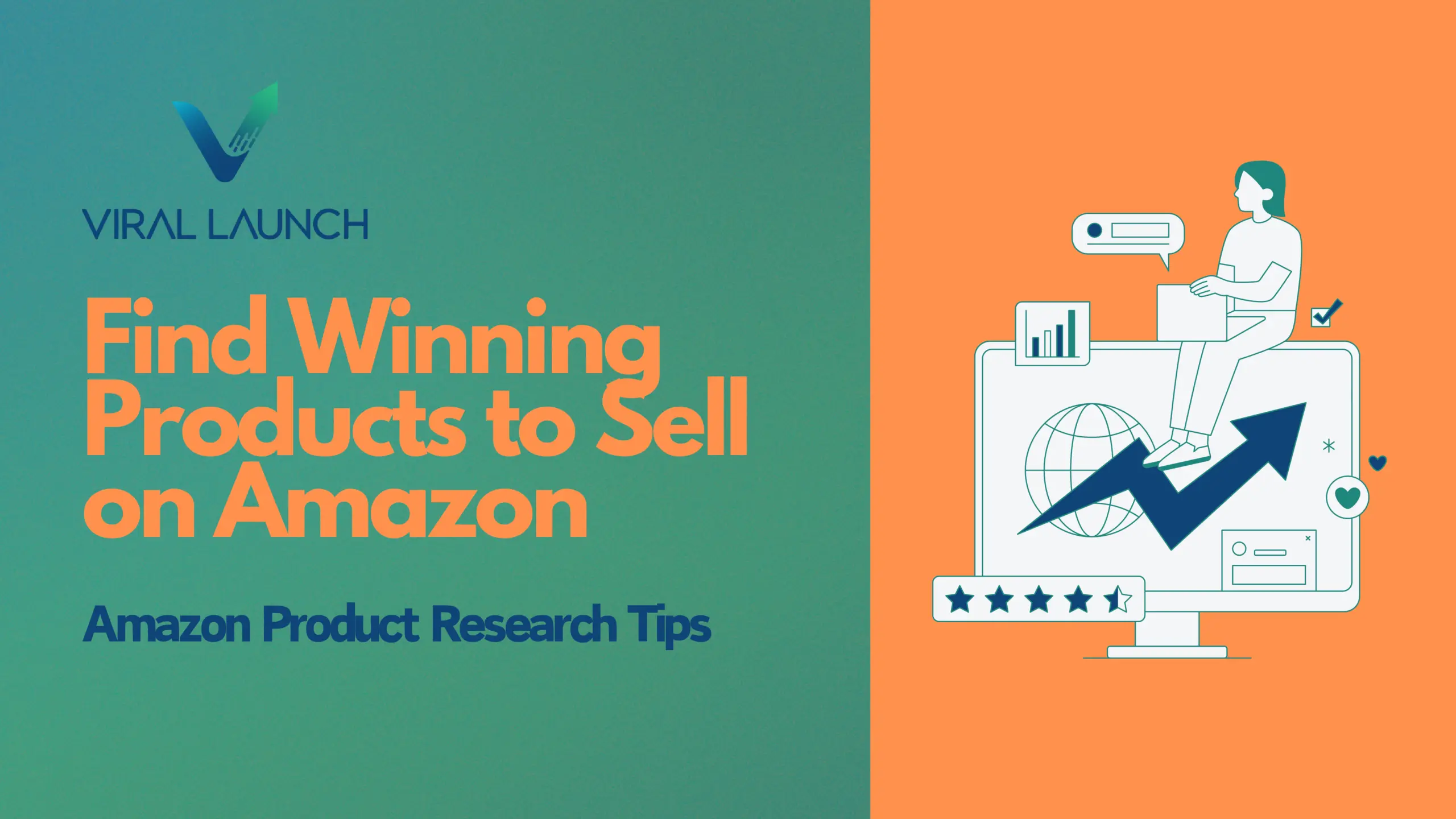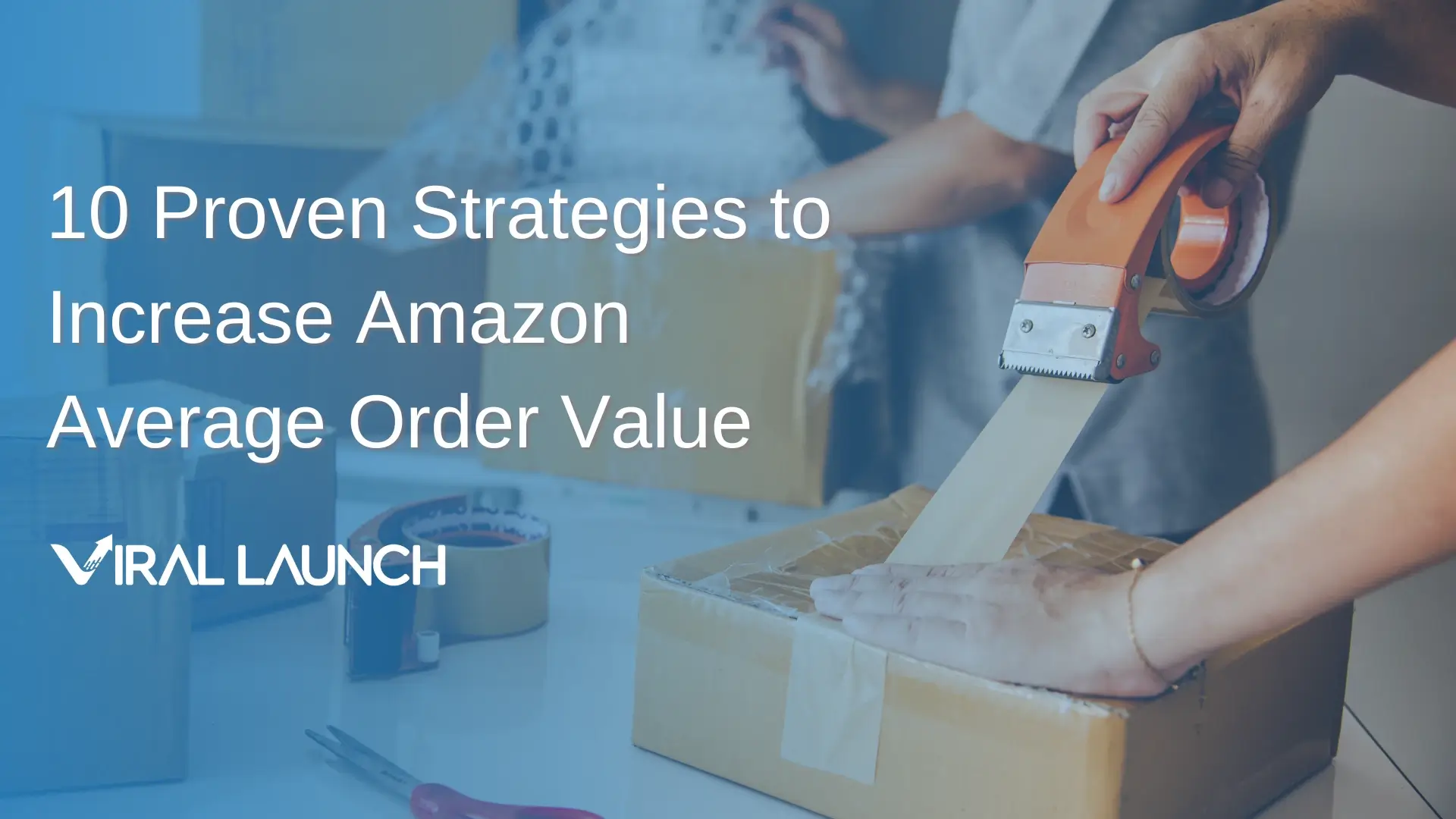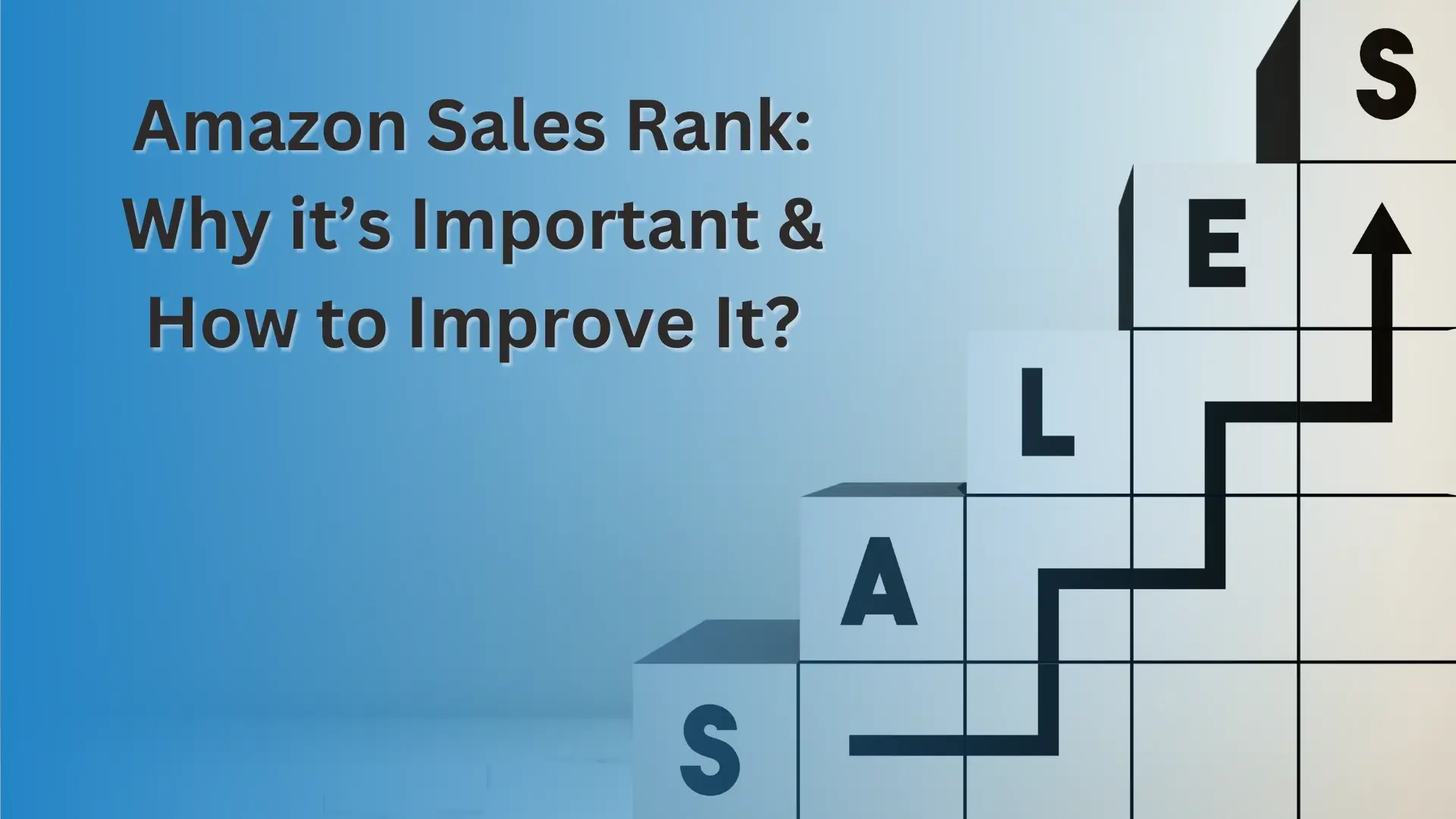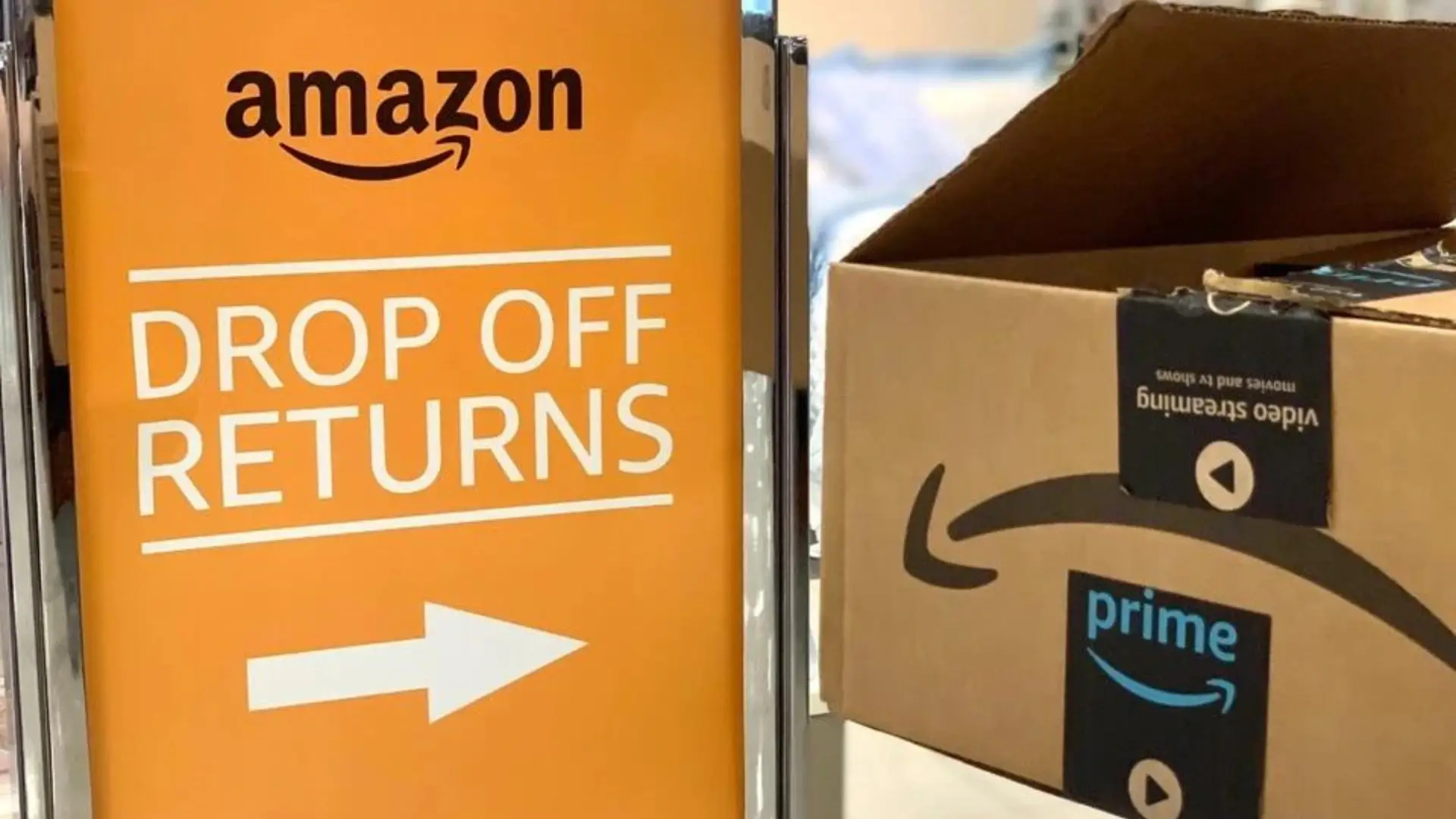Using search volume to determine the number of Amazon giveaway units needed to drive keyword ranking is an extremely flawed method.
A significant number of sellers are running promotions and giving away far too many units in promotions. When asked how they are determining the number of units they are giving away, many sellers site their keyword tool. As a result of these bloated suggestions, countless sellers are wasting thousands of dollars in extra inventory and advertising spend.
In this post, I’ll show you what’s wrong with using search volume. And then I’ll walk you through the current best strategies for determining the right number of units for a giveaway. After running over 30,000 product launches, we’ve learned a thing or two about what it takes to drive ranking, including how to best estimate number of giveaway units.
Two Major Flaws In Using Keyword Volume To Estimate Giveaway Units
Flaw #1: Conversion Rate
Remember that sales volume, not search volume, is the important metric for keyword ranking. If there are a hundred-zillion searches per month for a product but only 10 sales, you only need to drive enough sales to compete with those 10 purchases.
Conversion rate from search to purchase can be drastic. We have access to some insider, Amazon data, and what it shows is that for some keywords, the percentage of searches that result in a sale can be as high as 50% and as low as 0.01%.
Talk about a drastic difference! That means if a keyword gets 10,000 searches per month, there could be anywhere from 5,000 sales to 10 sales.
There’s no way around this huge variation in conversion rate. What if you took an average? Let’s call the middle a 25% conversion rate. That would mean 25% of 10,000 searches are sales. So monthly sales would be 2,500. But 2,500 giveaway units isn’t going to do much if the keyword is actually converting at 50%. That would mean sales were actually 5,000.
On the other hand, it would be extremely excessive to give 2,500 units if the conversion rate was only 0.01%. In that case, you would have only needed 10 sales. But instead you threw away inventory.
As you can see, without an understanding of conversion rate, estimating Amazon giveaway units using search volume is very misleading.
Flaw #2: Sale Distribution
The second major flaw in determining number of giveaway units from search volume is the distribution of sales across search results. Sales distribution can be summed up with this simple question: what percentage of shoppers who run a search, purchase the #1 ranking product? What about the #5 ranking product? The #15?
If 100% of shoppers who search a keyword end up purchasing the #1 ranking product, sales distribution would be low. Actually, in the case of 100%, the distribution would be 0.
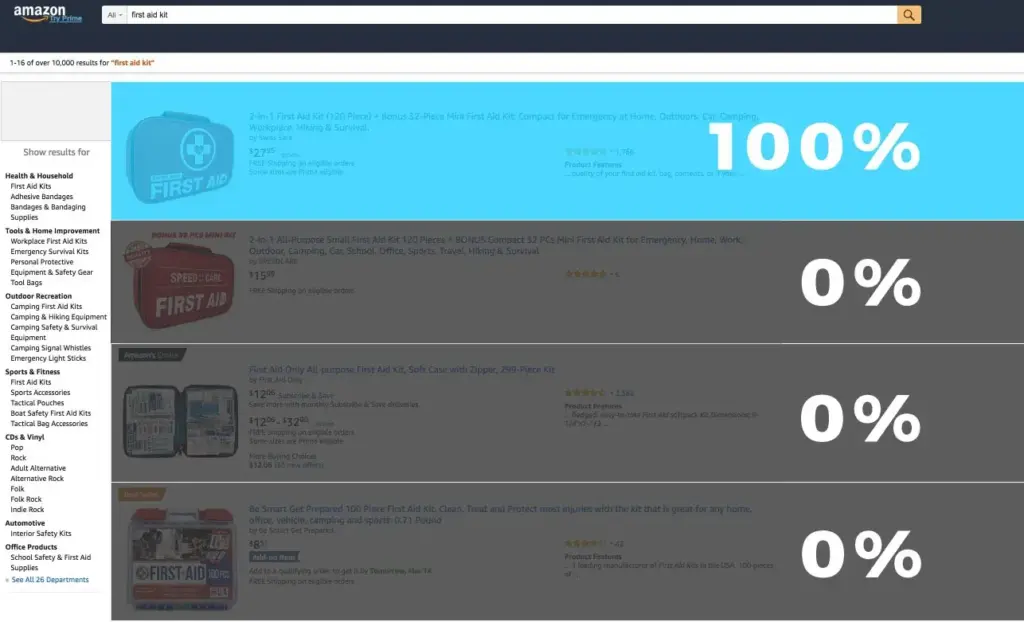
If 10% of customers purchased the #1 ranking product, another 10% purchased the #2 ranking product, and so on, the distribution would be higher and would look like this.
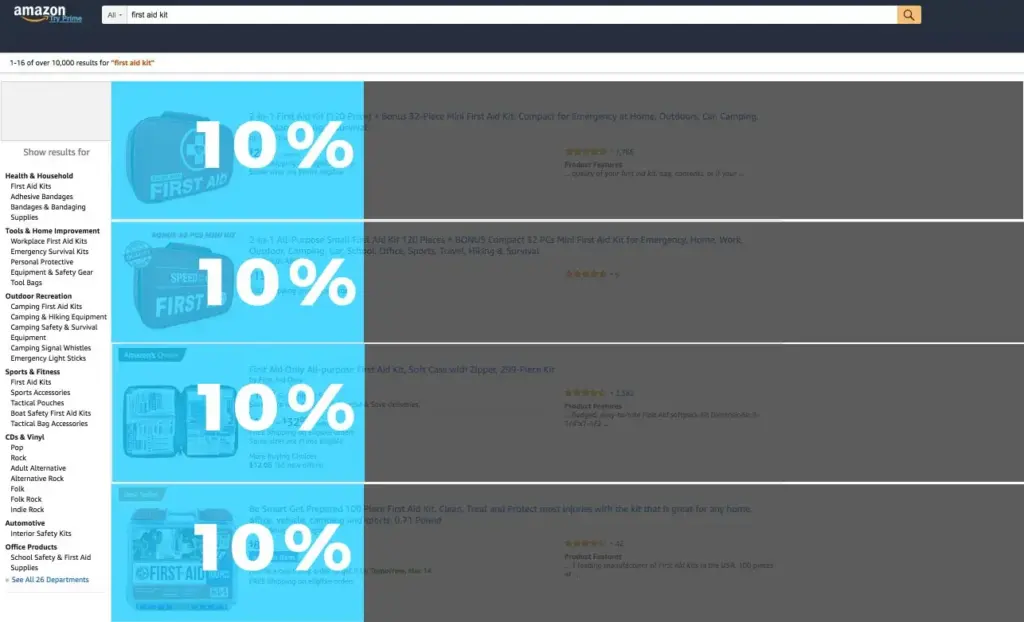

So what is the likelihood that sales distribution is consistent for most keyword searches on Amazon?
If you search, “AA batteries,” you don’t have to scroll very far before you find what you’re looking for. The products are all generally the same with minimal difference other than price and quantity.
Conversely, when shopping for, “father’s day gift” or “baby bandana bib,” style and preference are important considerations for shoppers. Prospective customers are much more likely to browse the results, ultimately purchasing the style, bundle, or color they like most.
Now that you understand what sales distribution is and how it can vary wildly, you can begin to see the second flaw in using search volume to estimate number of Amazon giveaway units. Keyword tools do not consider sales distribution. In fact, they don’t have any information about sales distribution at all.
And that’s a problem for you as you determine the optimal number of giveaway units for your launch. Sales distribution plays a critical role in the number of sales your product needs to outrank the competition.
For example, let’s say 80% of the sales for a keyword search are split between the top 5 products. If your goal is just to land in the top 15, then you don’t actually need to compete with those top 5 products. You only need to match the other 20% of the sales for that keyword.
If you did want to land in the top 5 for that keyword, you would need to match the sales of those top 5 competitors. That would mean giving away enough product per day to match 80% of the sales for that search term.
Now let’s look at conversion rate and sales distribution together. Say conversion rate is 2.5% for that keyword with 100,000 searches. That’s 2,500 monthly sales. And if 80% of sales are distributed among the top 5 listings, that means 2,000 monthly sales are going to those top 5 sellers.
So if you want to land in position 6 – 15, you only need to compete with the remaining 500 monthly sales. If we assume that sales distribution between products 6 – 15 is even, we can estimate that each product has about 50 sales per month. Divide that by 30 days in a month, and you’ve got about 2 sales per day, or 2 units a day that you need to give away in your launch.
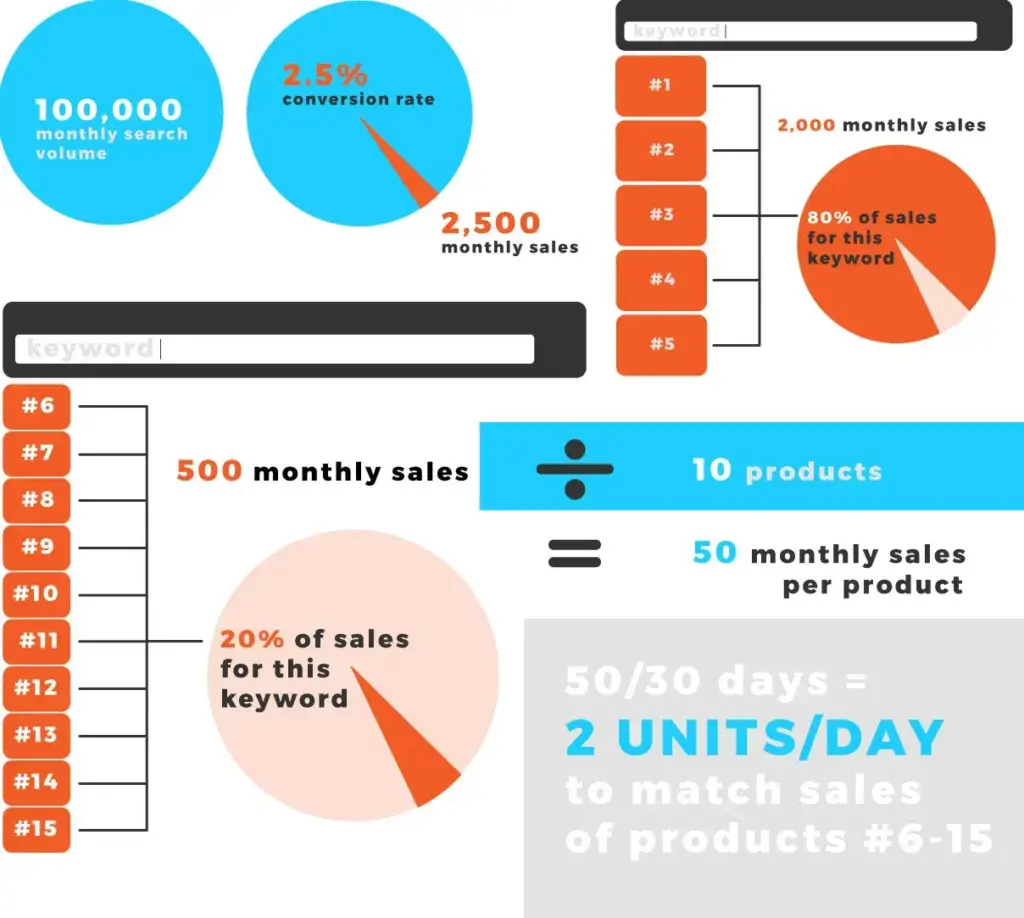

As you can see, estimating the number of giveaway units needed to be sold per day to match competitors is highly dependent on the conversion rate AND the sales distribution across the results. Both of these numbers are currently unknown to existing tools and can vary significantly across searches. These factors are what make keyword tool calculations a shot in the dark at best when it comes to giveaway unit recommendations.
How to Estimate the Number of Giveaway Units
First, let’s talk about how a launch works. The idea of a launch is to match or exceed the number of sales for listings on page one for your targeted keyword in a short amount of time. We recommend 7 days, as Amazon recognizes sales history in 7-day buckets.
In order to sell a large number of units in only a few days, you’ll likely need to use a giveaway platform. But how do you determine the number of Amazon giveaway units you need to match or exceed the monthly sales of your competition?
Unfortunately, there is no simple or straightforward answer for you just yet. We will, however, share the processes we have used here at Viral Launch to estimate the number of units to give for tens of thousands of launches over the last few years. We guarantee that this approach is far better than using search volume to estimate the number of Amazon giveaway units you need for a successful launch.
Step 1: Know Your Keywords
First and foremost, knowing your main keyword is critical to a successful Amazon business. Using an Amazon keyword tool such as Keyword Research, allows you to identify your product’s most relevant words. A good tool will help you prioritize by showing you search volume and relevancy for each keyword. We call that our Priority Score.
Step 2: Determine Your Budget
Your budget for your promotional campaign is an important factor in determining which keyword you should target. The higher the sales volume, the more units you will need to rank alongside the page one performers. If your budget is big, go for a keyword that gets a lot of sales. If your budget is smaller, go for a keyword with fewer sales.
Step 3: Determine Monthly Sales Volume for Your Keyword
Once you have selected the keyword you’re going to target based on your budget, search volume, and relevance to your listing, you need to determine the number of Amazon giveaway units to get ranking on page one.
Use a sales volume estimation tool like Market Intelligence to determine the number of sales your page one competitors are doing each month. This will allow you to see the sales volume you need to match or exceed over at least a seven day period.
A simple way to do the math is to take an average of sales for listings on page one you are looking to rank alongside. Let’s say you are looking to rank in the top 5 positions for your keyword and the average sellers are selling 3,000 units per month (100 units per day).
From your keyword research in Step #1, you should have a good feel for your market’s most popular keywords. Let’s say there are 2 high volume keywords, each highly relevant to your product market.
We would suggest giving away at 50% of the average sales volume. So 1,500 units per month or (1,500 / 30 days = 50 units per day) 50 units per day.
Multiply that by a minimum of 7 days of promotions to equal a suggested Amazon giveaway of 350 units.
We understand that the math is not perfect. There are potentially hundreds of words these top performing products are generating sales through, including PPC, outside traffic, etc. We are working hard to develop a solution for better determining the number of sales per keyword as well. However, until we have this more granular data, we are relying on this tried and true method of determining the number of units to sell from a solid metric, sales volume.
The Takeaway
Now that you understand the technique behind creating an Amazon giveaway strategy based on sales volume, NOT search volume, you can apply some of these techniques to your promotions. No matter what traffic source you’re using (i.e. discounted promotions, Amazon Sponsored Ads, or Facebook promotions) to reach page one, you need to match or exceed the average number of sales for your targeted keyword.
Basing these Amazon giveaway estimates on search volume alone could cost you tens of thousands of extra dollars and cut into the bottom line of your business. Take advantage of the advice and knowledge of the true Amazon experts at Viral Launch and make sure your next promotion sets you up for success.



